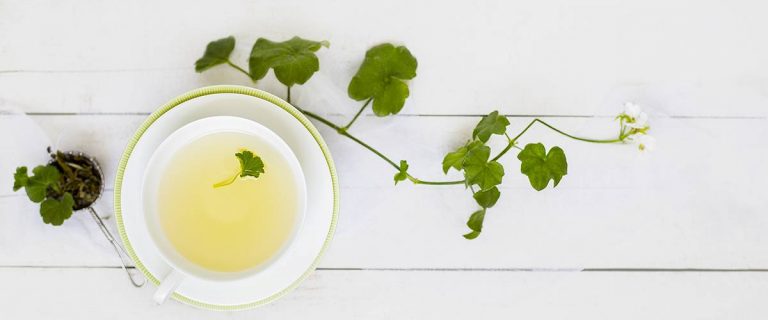One of the most popularly consumed beverages in the world, tea is not just the most loved drink, but also considered one of the healthiest! With lower caffeine content than coffee, it was already in the running for the better health drink. But it’s the presence of significant antioxidant levels, that has sealed tea’s reputation for health. To understand antioxidants, we must first get acquainted with free radicals.
What are free radicals?
Free radicals are what are formed when weak chemical bonds split. As molecules, free radicals are unstable and seek stability by adding an electron. It does this by attaching a stable molecule, rendering it unstable in return. Consequently, there is a cascading effect which has damaging effects on the cell. Free radicals are produced during metabolism but their function is to work as part of the body’s immune system. Their unfavorable reputation comes from the fact that environmental pollutants, radiation and so on also proliferate free radical production.
While the body can respond to normal levels of free radicals, in excess it needs the support of antioxidants.
How do antioxidants combat them?
Antioxidants are those substances that prevent oxidation. Urban living has created an above-normal range of free radicals that the body is able to combat. So foods rich in antioxidants are necessary to make up for this deficit. Fruits and vegetables are a common source of antioxidants. But, tea is thought to have more antioxidants than fruits and vegetables. Antioxidant tea’s benefits include blood clot formation, helps in preventing cancer, weight loss, and more.
Antioxidants in tea
All tea comes from the same plant, Camellia sinensis. Differences in processing yield the various tea types ranging from the most processed black tea to oolong tea, green tea and the least processed white tea. The antioxidants present in tea are known as flavanoids.
Green tea and black tea Catechins and theaflavins
Catechins are a class of flavanoids found in tea. The six main catechins found in green tea are catechin, gallocatechin, epicatechin, epigallcatechin, epicatechingallate and the most important, epigallocatechin gallate (EGCg or EGCG).
In black tea, and oolong, during fermentation while making these teas, catechins are converted to theaflavins – theaflavin (TF1), theaflavin-3-gallate (TF2A), theaflavin-3′-gallate (TF2B) and theaflavin-3,3′-digallate (TF3). As with catechins, these also possess antioxidant properties.
Green tea antioxidants
Green tea contains 30% polyphenols including catechins which is a natural antioxidant that prevents cell damage and have proven health benefits. These antioxidants in tea help in weight loss.
Which tea has the most antioxidants?
Although green and black tea have high levels of antioxidants, according to the ORAC, the tea with the most antioxidants is flor de Jamaica, which is a Spanish name for hibiscus tea and is the best antioxidant tea. When brewed this tea has 400% more antioxidants than black tea and green tea.
Black tea antioxidants
As compared to other teas, black tea is fully oxidized but the total antioxidant content after the oxidation process is similar to what it was before.
Also read: Drinking Tea for Heart Health

Comments are closed.